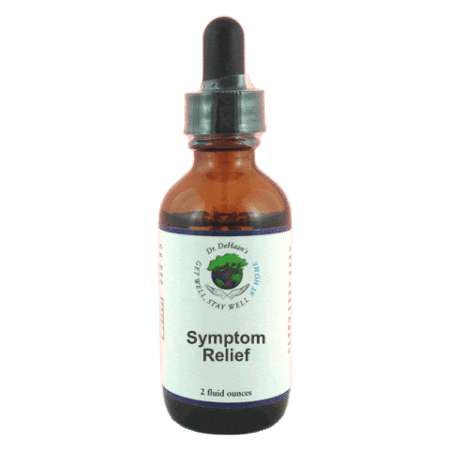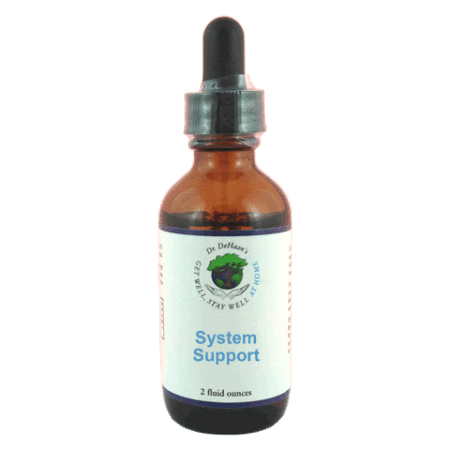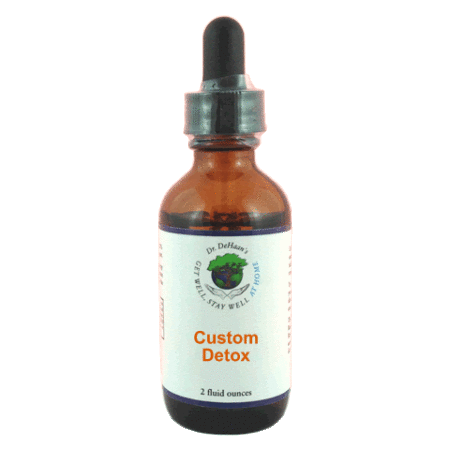
Acquired Immune Deficiency Syndrome (AIDS) should be characterized as multiple infections in the body that the immune system is unable to keep controlled. You can get infected with HIV (human immunodeficiency virus) from anyone who's infected, even if they don't look sick and even if they haven't tested HIV-positive yet. The blood, vaginal fluid, semen, and breast milk of people infected with HIV has enough of the virus in it to infect other people.
Most people get the HIV virus by:
- having sex with an infected person
- sharing a needle (shooting drugs) with someone who's infected
- being born when their mother is infected
- drinking the breast milk of an infected woman
- contact with infected rectal (anal) mucus
- getting a transfusion of infected blood although blood supply is screened very carefully and the risk is extremely low now.
There are no documented cases of HIV being transmitted by tears or saliva, but it is possible to be infected with HIV through oral sex or in rare cases through deep kissing, especially if you have open sores in your mouth or bleeding gums. Many people are HIV-positive but don't get sick for many years.
As HIV disease continues, it slowly wears down the immune system causing immunodeficiency. Viruses, parasites, fungi and bacteria that usually don't cause any problems for the human immune system can make you very sick now. These are called "opportunistic infections" and are the very definition of AIDS. AIDS is often believed to be caused by the HIV virus but Dr. Robert Willner conclusively proved otherwise in his book, Deadly Deception. You can "get" HIV from another person, but you don't actually "get" AIDS. You might get infected with HIV, and later you might develop AIDS, but one does not always conclude the other, so AIDS and HIV should be looked at as two separate conditions. Because most people view them as one and the same, and the protocol for eliminating them both is similar, I have listed them both in this column.

Like all viruses, the HIV is only interested in one thing: reproducing itself. Once it has attacked and moved into a T cell, it converts that cell into a miniature virus factory. Eventually there are so many new viruses in the cell that the T cell explodes, scattering the HIV back into the bloodstream. The virus then moves on to fresh T cells and repeats the process. Over time, the HIV can destroy virtually all of an infected person's T cells in this manner. Why doesn't the immune system take care of it like it does most viruses? The HIV virus is coated in what seems to be a sugar, so the cells confuse it for food and let it go undetected.
If a person does contract HIV, the first stage of infection is a period of rapid viral replication that leads to an abundance of virus in the peripheral blood with levels of HIV commonly approaching several million viruses per mL. Normal ranges are from 500-1500 cells/microliter (mL), not millions. This response is accompanied by a marked drop in the numbers of circulating CD4 + T-cells. This acute viremia is associated in virtually all people exposed with the activation of CD8+ T-cells, which kill HIV-infected cells (those are the good guys). The CD8 + T cell response is thought to be important in controlling virus levels, which peak and then decline, as the CD4 + T-cell counts rebound.
During this period (usually 2-4 weeks post-exposure) most individuals (80 to 90%) develop an influenza or mononucleosis-like illness called acute HIV infection, the most common symptoms of which may include fever, lymphadenopathy (swollen, enlarged lymph nodes), pharyngitis (sore throat), rash, myalgia (muscle pain), malaise, mouth and esophageal sores, and may also include, but less commonly, headache, nausea and vomiting, enlarged liver/spleen, weight loss, thrush, and neurological symptoms. Infected individuals may experience all, some, or none of these symptoms. The duration of symptoms varies, averaging 28 days but usually lasting at least a week. Because of the nonspecific nature of these symptoms, they are often not recognized as signs of HIV infection. CD4 and T-cells are monitored in blood testing to see how well the immune system is dealing with infection. If infection is getting out of control the CD4 levels rise, so decline in CD4 blood test is considered progression.

You are considered to have AIDS when your immune system is seriously damaged. AIDS can be diagnosed when the number of immune system cells (CD4 cells) in the blood (often of an HIV positive person) drops below a certain level. Most life-threatening opportunistic infections occur when a person's CD4 count is below 220 or if your CD4 percentage is less than 14%, you have AIDS. If you get an opportunistic infection at this point, you have AIDS. There is an "official" list of these opportunistic infections put out by the Centers for Disease Control (CDC).
The most common ones are:
- PCP (Pneumocystis pneumonia), a lung infection
- KS (Kaposi's sarcoma), a skin cancer, see photo
- CMV (Cytomegalovirus), an infection that usually affects the eyes
- Candida, a fungal infection that can cause thrush (a white film in your mouth) or infections in your throat or vagina
AIDS-related diseases also includes serious weight loss, brain tumors, and other health problems. Without treatment, these opportunistic infections can kill you because at this point there is severe malnutrition and your immune system no longer works for you. Don't give up yet though!
HOME REMEDY: Rebuilding the immune system is only part of the key. This is a disease that initiates great fear for most, think of AIDS itself as severe malnutrition and immune compromise; HIV may or may not be a part of that. The first step is to identify and correct nutritional imbalances. You must get on a strict diet, primarily one of home-made organic vegetable juices with organic, cold processed whey as a primary protein source. Secondly, of course, is to eliminate all the toxins causing the immune system to fail. As the causative factors are being addressed and corrected, the emotional patterns that may be feeding the problem should be addressed as well as there is always a severe lack of self worth (often father issues). Note that homosexuals and drug users with AIDS need to change their lifestyle if they hope to achieve wellness and maintain it.
People with confirmed HIV often use a 'viral load test' to see how the body is dealing with the virus. I have seen people get off of the viral medication, and feel better than ever while the viral load goes off the charts in the blood test. This is because the body is going after the virus, like stirring a bucket that had mud settled in the bottom. The top of the water looks clear until you stir the bucket. Once stirred the water looks much worst, but there is no extra mud (infection) you just got things moving. In addition to the protocol listed on the right (HIV detox is included in the AIDS remedy), get some Lycine and take 2-3 times the recommended dose to help reduce collagen break down. Use Ascorbic Vitamin C as well. Take as much as you can without causing diarrhea. That should be 10-15 grams a day. Take 2-3 grams every 3-4 hours because it is water soluble so you don't want your maximum dose all at once.
NOTE: I have seen both HIV and AIDS completely resolved and normal lifestyles resumed, this is a correctable health condition.
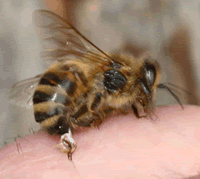
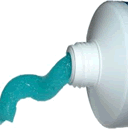








 Potential causes for alkalosis include:
Potential causes for alkalosis include:

